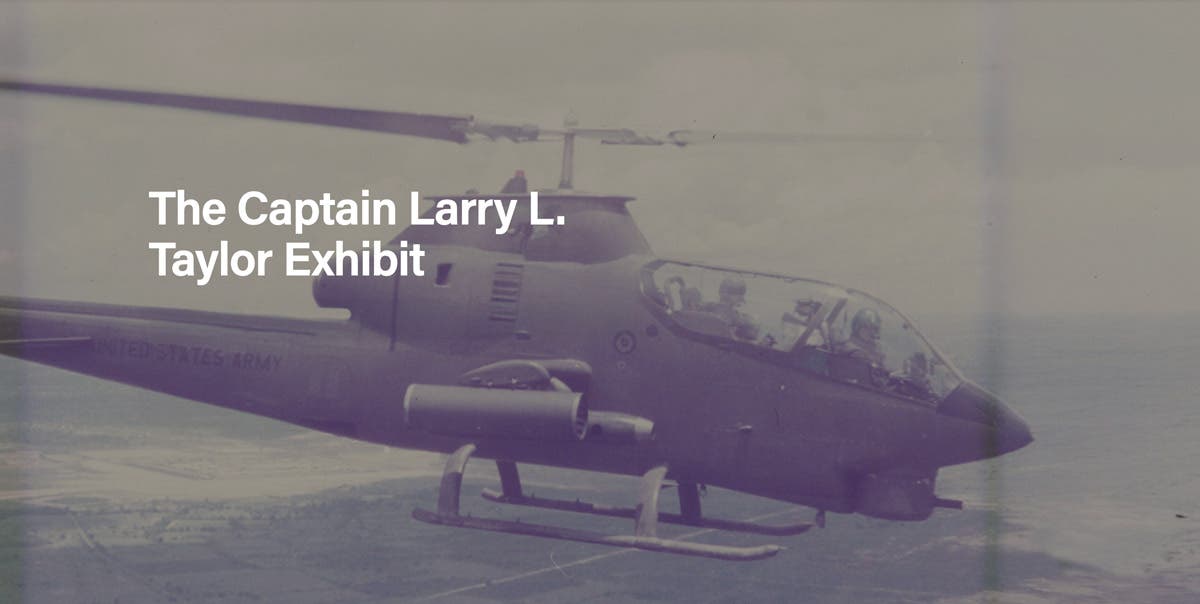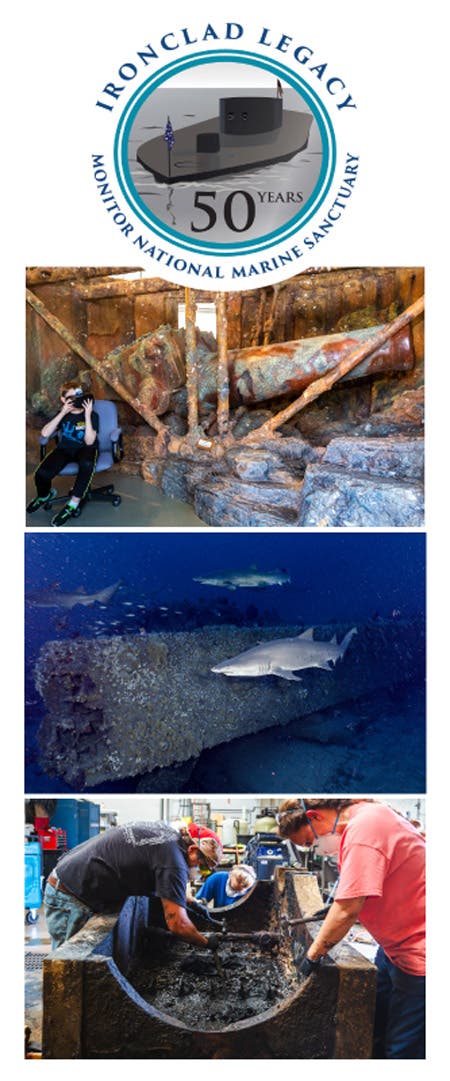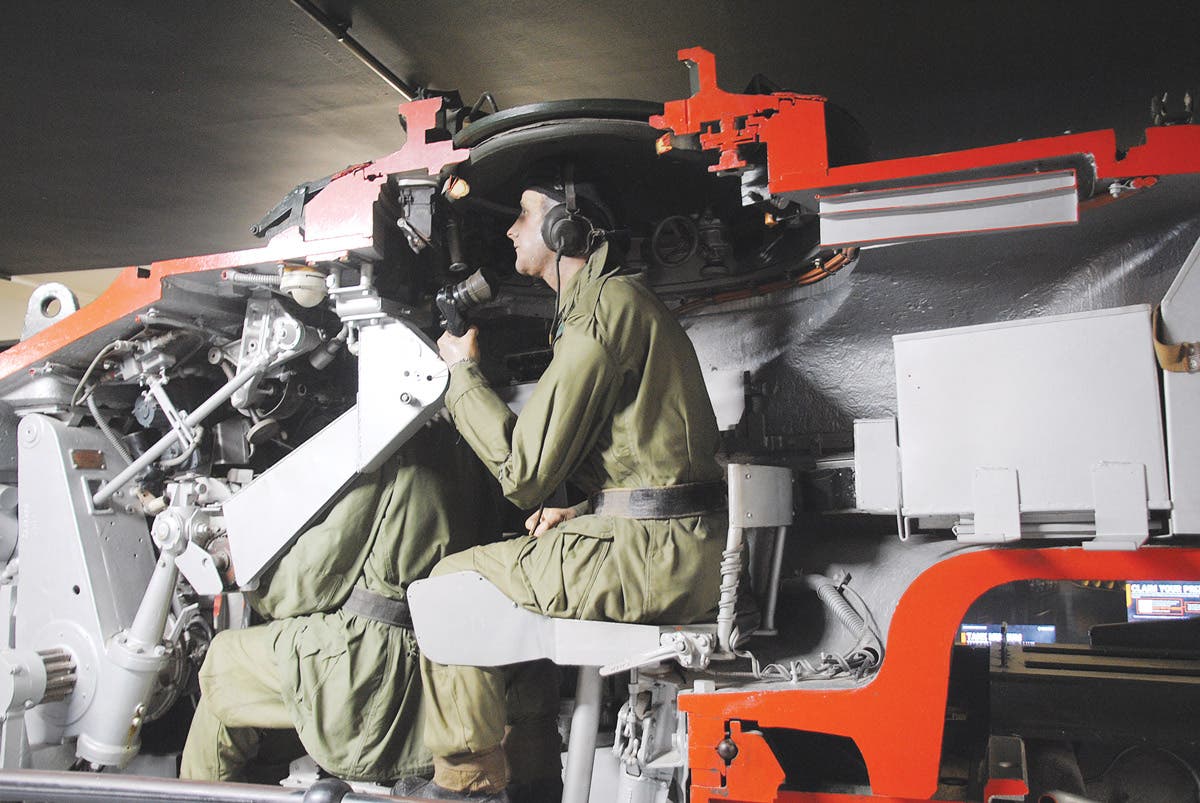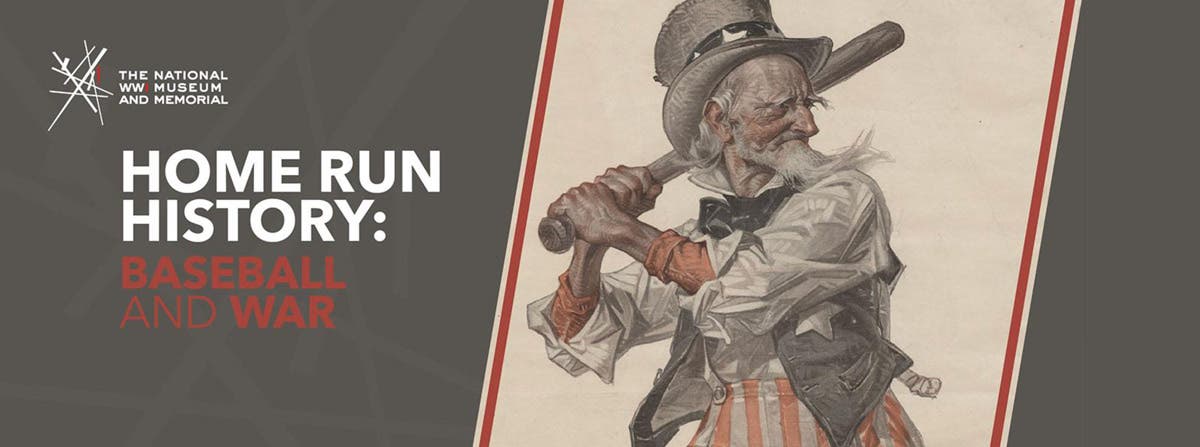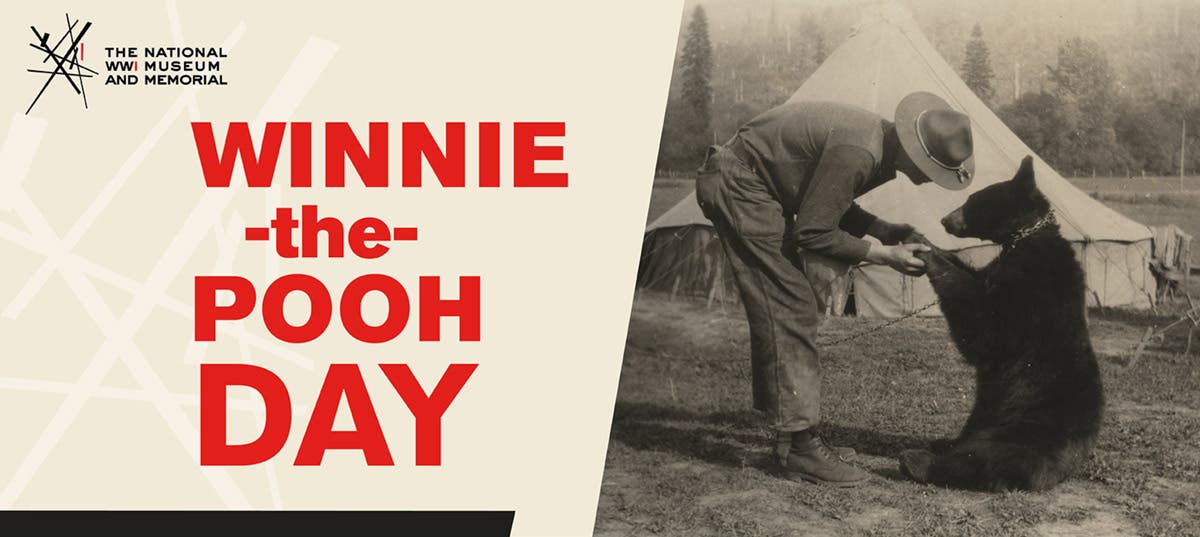Virginia museum offers centennial helmet display
by Peter Suciu Many militaria enthusiasts have amassed impressive collections that outshine many museums. While many may shun the spotlight and attention, for others the chance to share their collection…
by Peter Suciu
Many militaria enthusiasts have amassed impressive collections that outshine many museums. While many may shun the spotlight and attention, for others the chance to share their collection with the world is what collecting is all about. This past February the Virginia War Museum, which is located in Newport News, contacted noted helmet collector Tom Buck to help them prepare its Great War Centennial Display.
At the time Buck, was moving and his collection was packed up and in storage, so the timing was serendipitous. Since he couldn't enjoy his collection during the move he felt it was worth sharing it with visitors to the museum, and for the next year the helmets will be the centerpiece in an exhibit that chronicles the 100th anniversary of the First World War.
Military Trader: talked to Buck about his desire to share his knowledge of helmets with others and the display in the Fowler Gallery at the Virginia War Museum.
MT: This year marks the 100th anniversary of the introduction of the Adrian helmet, and this was the first widespread use of an infantry helmet. How significant do you think this moment was - considering that today helmets are a part of nearly every soldier's kit?
Tom Buck: In 1915 the need for a helmet was something that could not be understated. The Great War, as it was then called, saw the wider use of heavy artillery, aerial bursts and personal fragmentation devices, i.e. hand grenades and land mines. The nature of such a style warfare and the injuries associated with it made it quite apparent that some form of head protection was needed. Troops on both side at first thought them to be unmanly but a few months in the trenches soon changed that notion. A soldier in any modern army today would never think of going into a combat situation without a helmet.
MT: Do you think this sort of display will help educate the average museum visitor of the significance of the steel combat helmet?
TB: Absolutely. When explaining to my friends and co-workers what I'd been doing, I was surprised that very few knew or even gave it much thought. For the most part the sentiment was, "Really? No helmets before 1915?" One person said, "So, that was a new invention on Sgt. York's head?"
MT: How does the display show the various styles of helmets that were used by the combatant nations? Clearly the military planners in the various countries had differing opinions on what a helmet should do?
TB: The helmet display is in the first case that the visitors see when entering the Fowler Gallery. It was designed to be big and tall, almost looming. The front side is set up in such a way as to divide the major combatants with a subliminal "V" for victory. The left sports The Allies, France, Britain and America. The Central Powers are to the right, Germany, Austro/Hungary and the Ottoman Empire.
This division clearly shows the different style ideas that the military planners had on both sides. France and Britain put emphasis on the skirt around the bowl. This provided protection for the head but also gave a moderate amount to the back of the neck and shoulders. The Central powers had the ability to press steel with a deeper draw. This allowed their helmets to give greater protection to the side of the head and neck.
MT:Do you think the display – and others like it – could help younger visitors have an interest in collecting helmets?
TB: You can always hope. That was one of my primary goals. Young collectors today may find some of these helmets out of reach. People tend to collect what's in their price range. With most nations switching to synthetic helmets over the past 30 years, there’s been no shortage of old eastern block and post WWII helmets around that are in everybody's price range. I was also hoping to show other collectors in general that there’s more to collecting than just U.S. and German. I'm just glad to see these ones out of storage and being enjoyed by others. Wait until you see what I put out in 2036 for Spain to mark the Spanish Civil War!
Established in 1993, Military Trader is dedicated to the collecting preservation, restoration, study, and display of historic military artifacts. Spanning interests from military uniforms to medals, or helmets to ordnance and weapons, Military Trader is your best source for in-depth techincal articles, artifact profiles, product and hobby news, current values, and show and auctions calendar.

